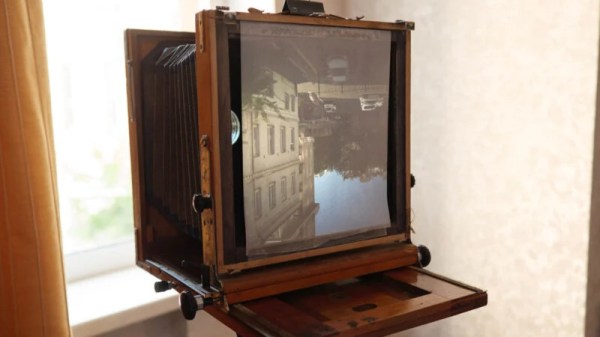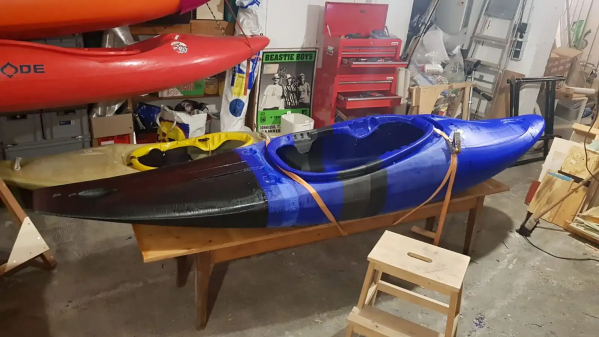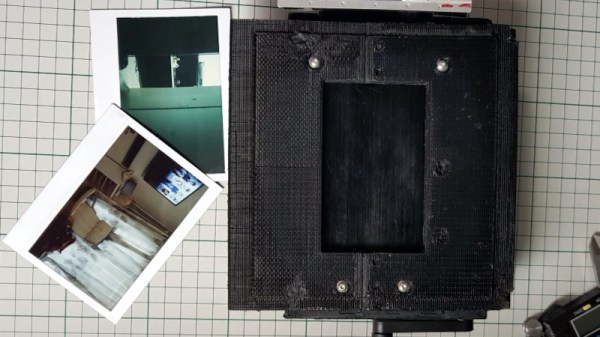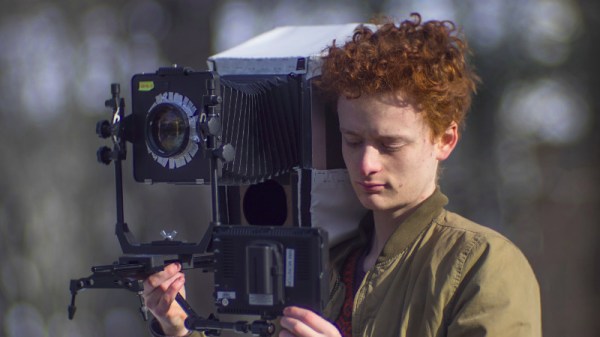There’s a good reason that the go-to format for most film photographers is 35 mm, in that it provides a mix of convenience and cost. Shooting huge large-format negatives in the style of a 19th-century photographer can return astounding pictures with detail and lens effects unavailable on relatively tiny cameras, but it’s hardly the most convenient or cheapest medium. [Amos Chapple] may have a way to cut those costs though, by using a digital camera to capture the image projected by the camera onto a screen where the film would otherwise be.
He’s following in the footsteps of a Ukrainian photographer who tried the same technique photographing the projected image from the lens side, but that approach gave disappointing results due to the offset angle. Instead he’s placing the camera behind a translucent screen, having his DSLR behind a sheet of waxed paper held at the focal plane.
The results are we’d have to say, stunning. The old Soviet Ukrainian camera he’s using is something of a beast, but his photos of dancers at a folk festival have that other-worldly look to them which might well have something form the 1890s about it. We like it a lot and perhaps it’s tempting to fashion a poor-mans version using a cardboard box, and try for ourselves. Long-time readers will know it’s not the only attempt to digitize a large format camera we’ve seen.


















